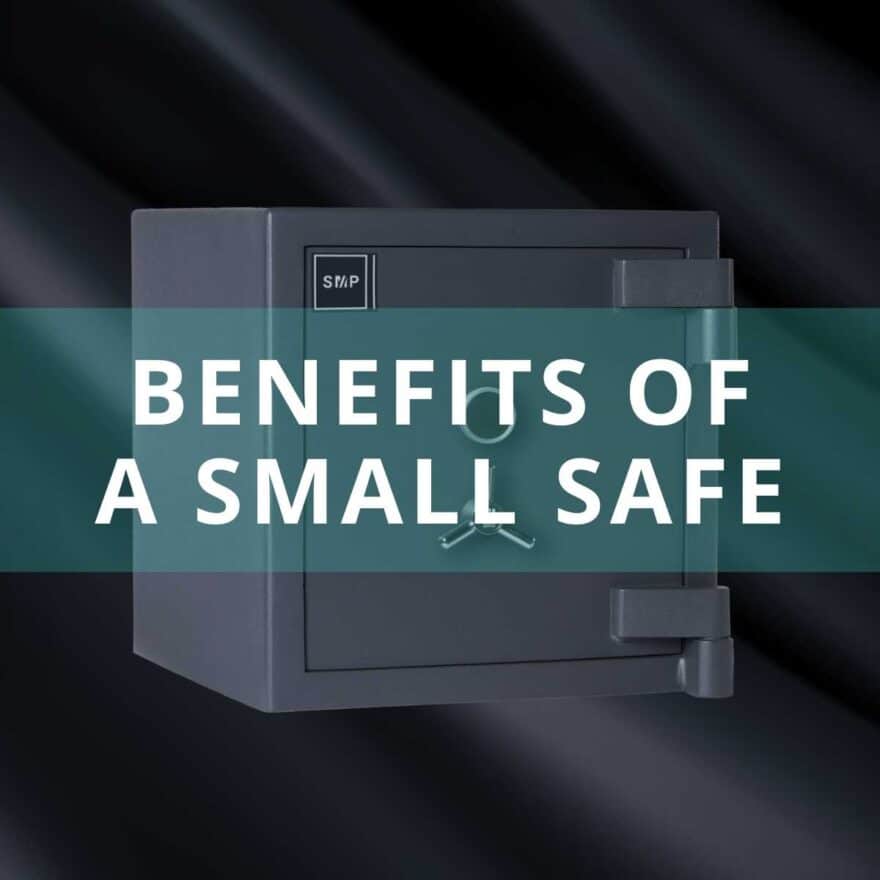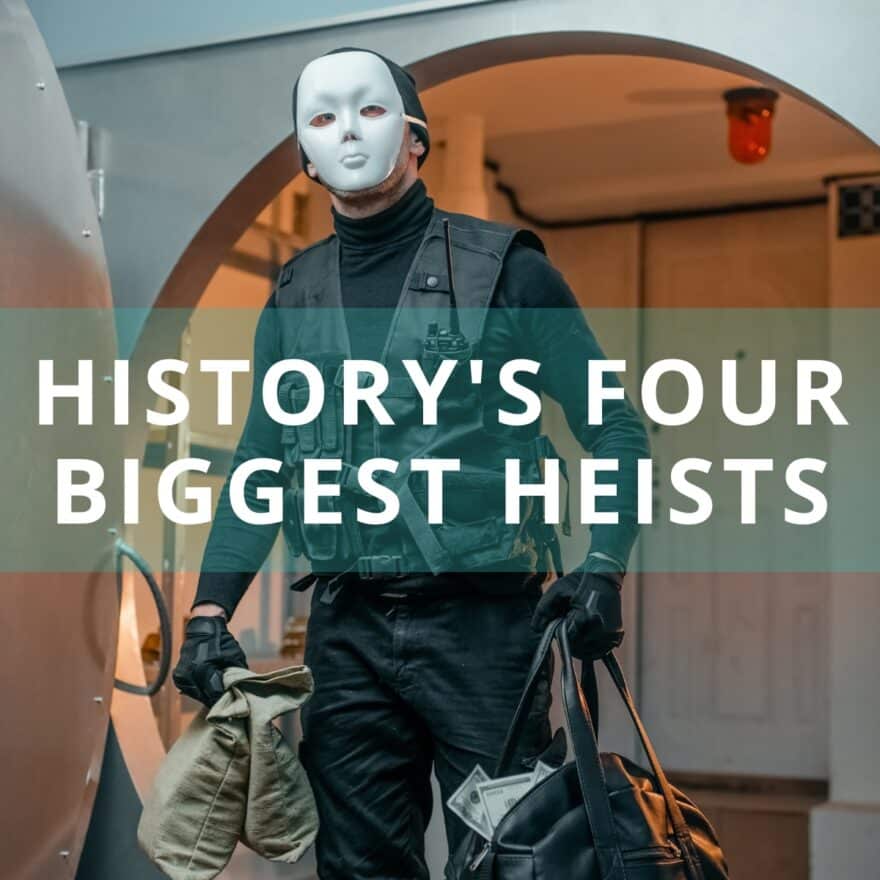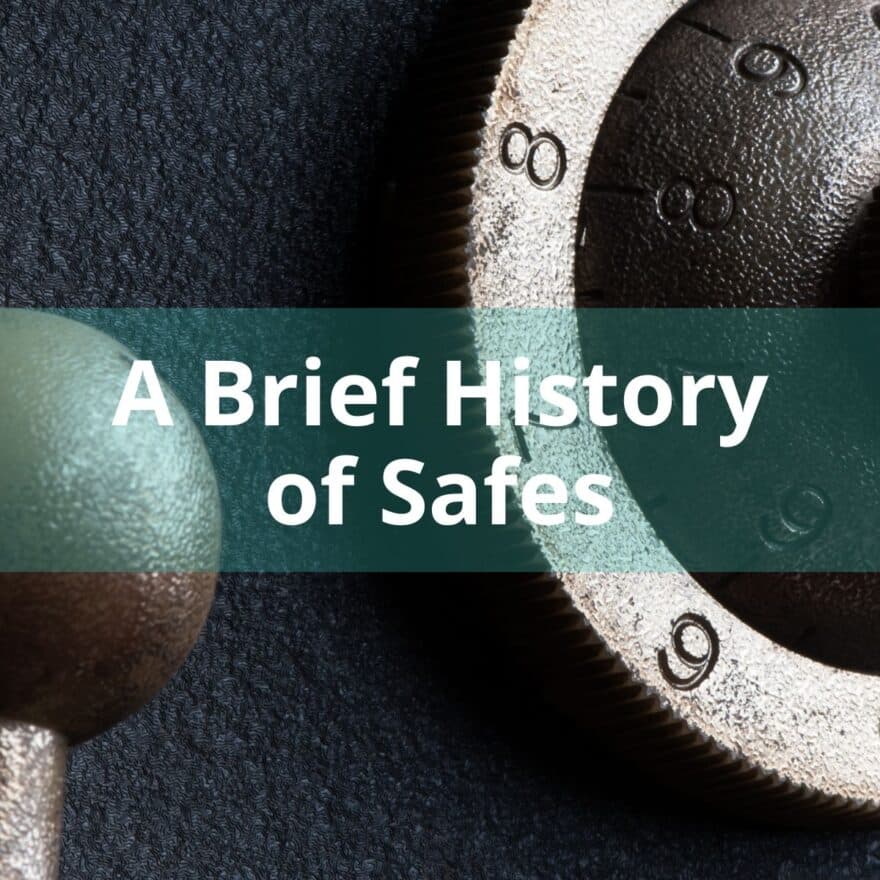Industry News
Safes- 15 Things You Didn’t Know
1st August 2022
Learn Something New Everyday
If you’re on the hunt for a home safe or a commercial safe, it may be that you’re getting a bit confused by all the jargon & information you need to take in.
So – as a palate cleanser, we’ve compiled 15 things you might not know about safes:
What Don’t I Know About Safes?
1. The first burglary-resistant safe to be patented was in England by two locksmith brothers, Charles Chubb and Jeremiah Chubb, around 1835. Their goal was to create a lockable box that would be resistant to burglars. Eventually their invention led to the Chubbsafes Company, which we still supply today.
2. The earliest known locks were developed around 4,000 years ago by the Ancient Egyptians.
3. In Ancient Egypt, keys were seen as a symbol of wealth as not many people could afford to have safes or lockable doors.
4. Wall safes are typically lighter than free-standing floor safes due to the requirement of fitting inside a wall.
5. Fire-resistant safes can be test by the time that the contents can withstand the high temperatures that a fire produces whilst not exceeding a set internal temperature. Models usually are available with 30-minute protection, up to 4 hours in some cases.
6. Safecracking, in the movies often looks simple; however it is much harderStethoscopes don’t do the job nearly as quickly as you think.
7. They have four deposit options: rotary, slot, drawer and capsule cash deposit systems.
8. Fire-resistant safes are test to BS EN 1047 standard in the UK.
9. Standard locking options include key locking mechanisms, electronic locks and combination locks (the ones you see in films), but you can even go as far as having biometric locks as your choice
10. 5 or 6 panels make up the body of a demountable safe, therefore making them perfect for tight spaces
11. The 1920s introduced strongrooms and vaults to banks due to repeated robbery attempts.
12. If you want a safe which is completely out of sight then an underfloor safe is for you.
13. Safes are test to the European standard of EN 1143-1, which is the primary testing standard for these solutions as well as ATM security products, strongroom doors and strongrooms.
14. Jewellery safes are usually high security & fire-resistant, made specifically to house jewellery and valuables.
15. Cash ratings reflect the value of the cash that can be stored within the safe overnight and be covered by insurance. Therefore, valuables ratings are ten times the cash rating and determine the value of items stored overnight.
Do I Need A Safe?
Probably.
If you’ve got items of value, essential documents etc., a safe is a great place to put them!
Aside from the obvious bonus of burglary protection, you’ll never forget where you’ve put them (so long as you remember to put them in the safe in the first place). Many safes come with fire protection, meaning if a fire were to break out within your premises. Therefore you’d have some additional insulation for those valued goods.
Get on contact
If you’d like any further information on any of our products or services give us a call or visit our website today!
📞-01952 585673
Get in Touch
Make an enquiry
PLEASE NOTE: Emails are monitored during normal office hours only. If you require urgent attendance of a locksmith or safe engineer please call our help desk on 01952 585673.


